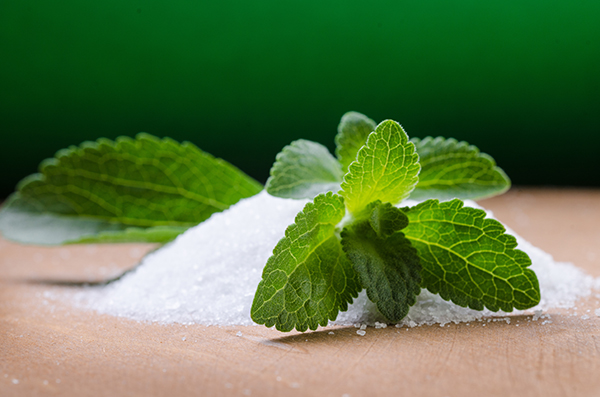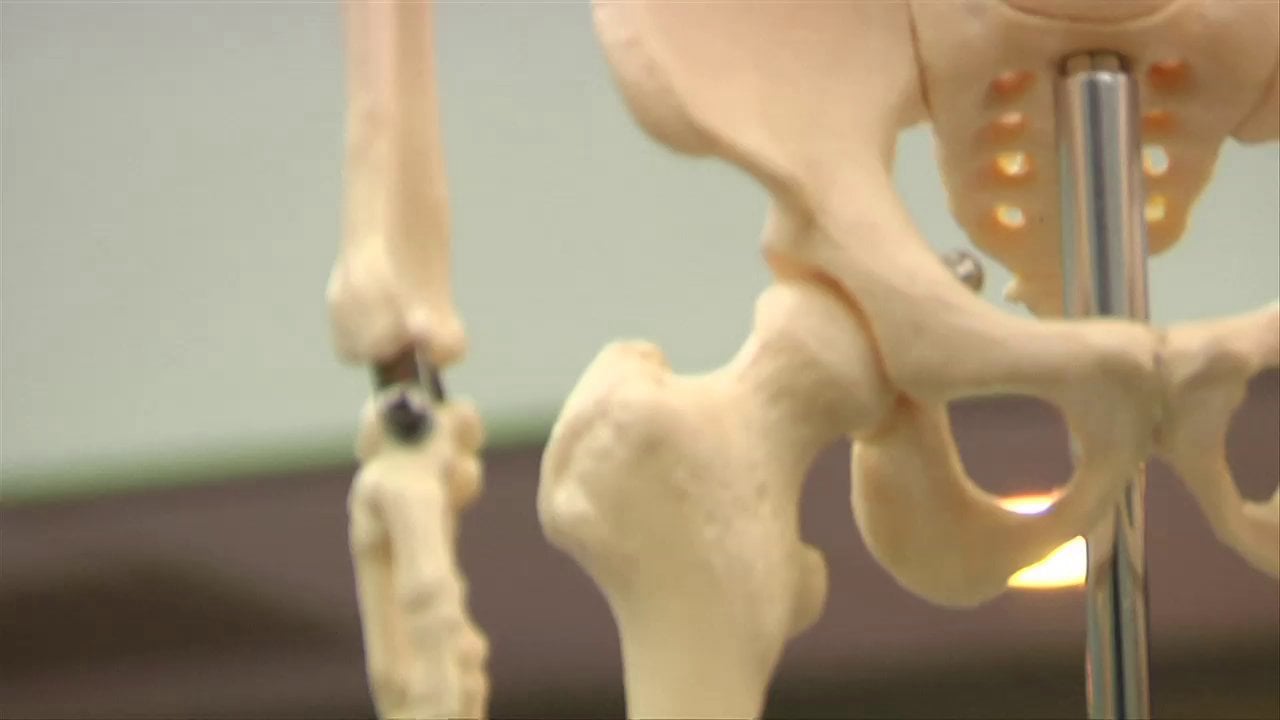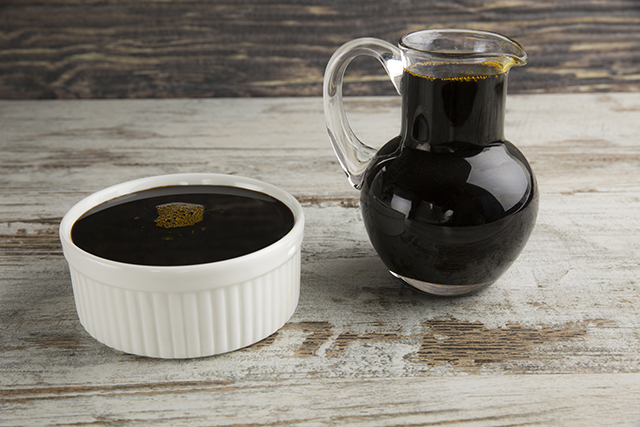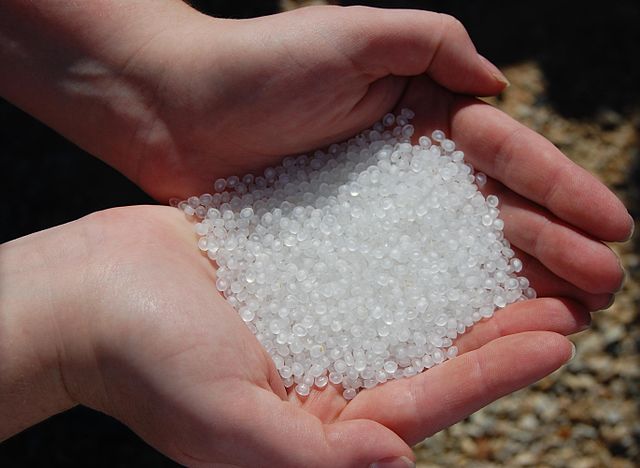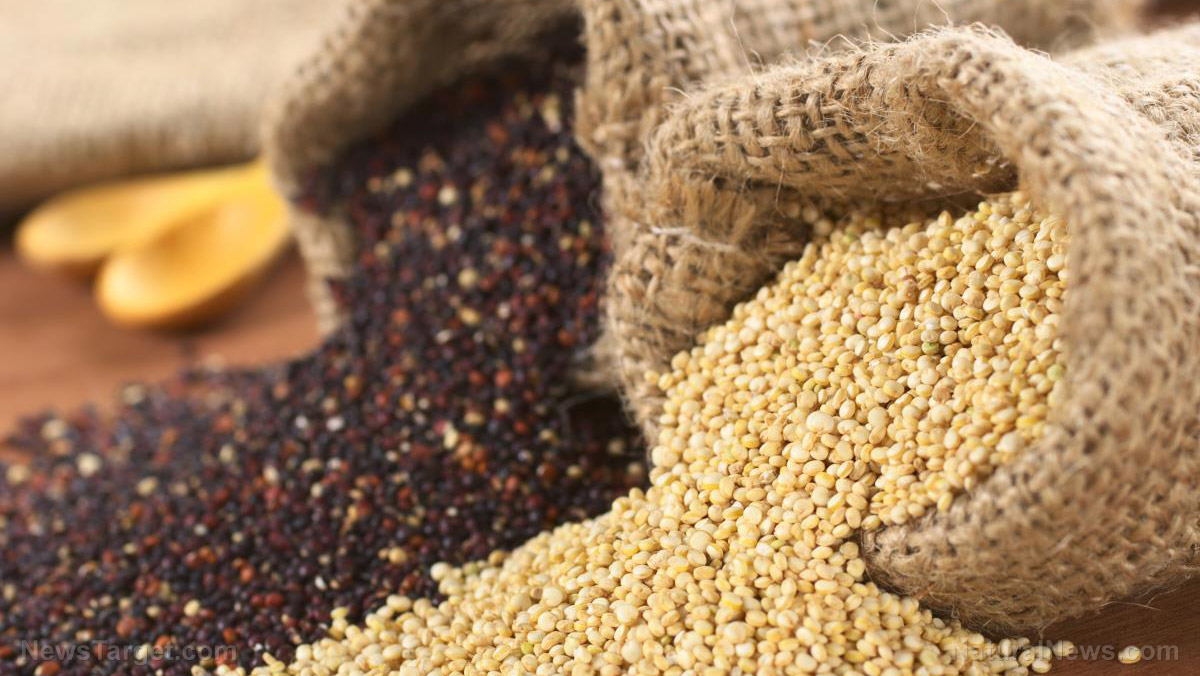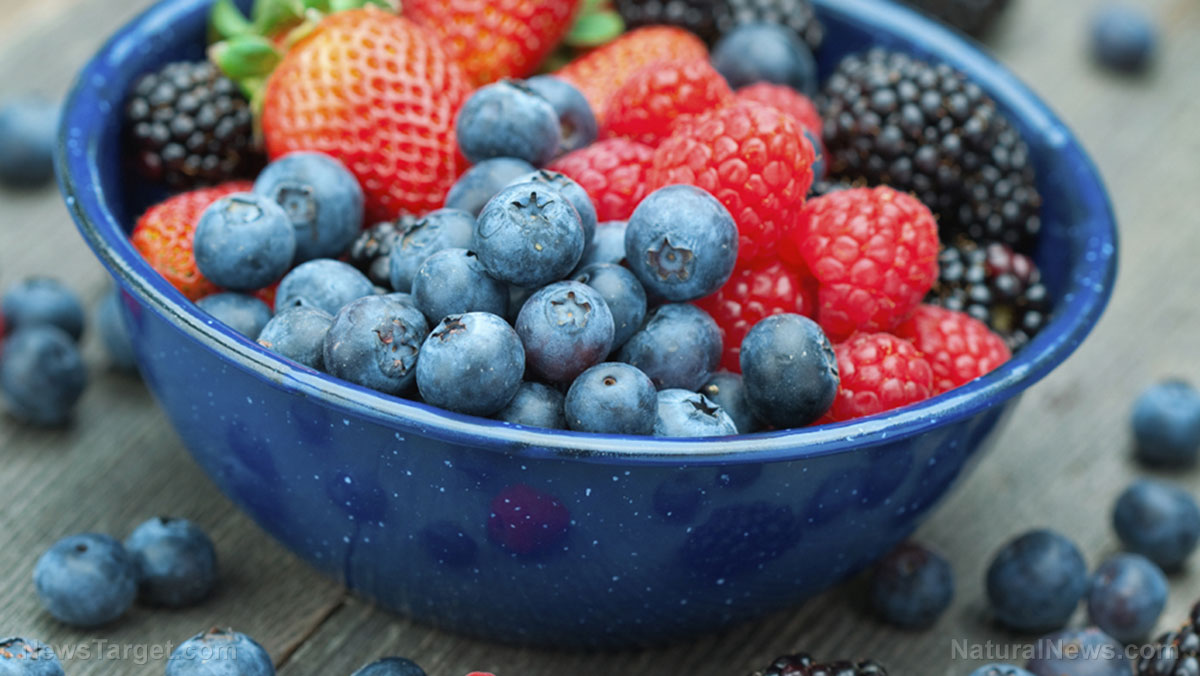Reviving ancient remedies: The essential oil renaissance in modern times
07/26/2025 / By Belle Carter
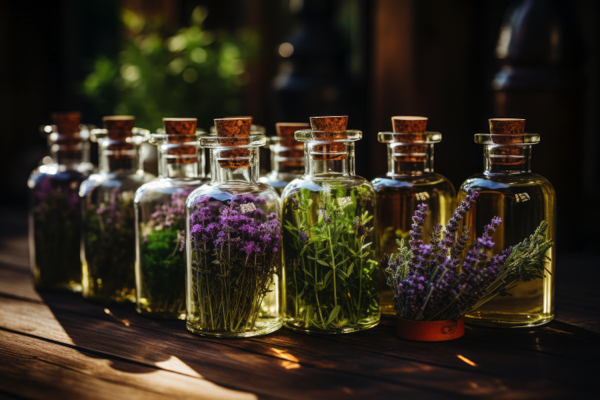
- The book “Beginner’s Guide to Essential Oils: Ancient Medicine” by Josh Axe, Jordan Rubin and Ty Bollinger taps into the growing interest in natural health solutions, bridging ancient practices with modern wellness trends.
- Essential oils have been valued for over 3,000 years, serving as remedies for various ailments in ancient times. Today, they are celebrated for their versatility, offering solutions for reducing toxicity, balancing hormones, improving digestion, boosting energy and more.
- The book outlines several ways to use essential oils, including direct inhalation and diffusion. Diffusion methods like atomizing, vaporizing, fan or evaporative and heat diffusers each offer unique benefits. Topical application, often with carrier oils like coconut or jojoba, is also discussed, emphasizing the importance of dilution to prevent skin irritation.
- The authors detail the uses of various oils, such as cinnamon bark oil for circulation and infections, clary sage oil for hormonal balance, eucalyptus oil for respiratory issues and lavender oil for relaxation and sleep. Other oils like lemon, melaleuca, oregano, peppermint, rosemary and spikenard each have unique properties, from boosting immunity to acting as natural antibiotics.
- The book emphasizes safe usage, advising dilution, patch tests and caution during pregnancy or with prescription medications. By integrating essential oils into daily life, readers can embrace a holistic approach to health and well-being, unlocking the ancient wisdom of these natural remedies.
In an era where the quest for natural and holistic health solutions is gaining momentum, a new wave of interest in ancient medicine is sweeping across households and wellness communities. At the forefront of this movement is the book “Beginner’s Guide to Essential Oils: Ancient Medicine” by Josh Axe, Jordan Rubin, and Ty Bollinger. This comprehensive guide delves into the aromatic world of essential oils, offering a bridge between the ancient wisdom of our ancestors and the contemporary pursuit of well-being.
The authors take readers on a journey back over 3,000 years, to a time when essential oils were the cornerstone of health and vitality. Picture the palace of King David in Jerusalem, where the king’s private chambers housed a collection of oils, spices and herbs that served as the ancient world’s pharmacy. Sandalwood, hyssop, cypress, myrrh, cassia and frankincense were not just aromatic substances but potent remedies for a variety of ailments. Today, these oils are experiencing a resurgence as people seek safer, natural alternatives to the synthetic products that dominate modern medicine cabinets.
Essential oils are celebrated for their versatility and efficacy. They can reduce toxicity, balance hormones, improve digestion, boost energy, enhance brain function, reduce stress, promote radiant skin, boost immunity and alleviate aches and pains. Whether used as natural remedies, air fresheners or replacements for toxic household products, essential oils offer a solution for nearly every need.
The power of essential oils lies in their ability to stimulate profound mental, emotional and physiological responses. When inhaled, the naturally occurring chemicals in these oils can provide therapeutic benefits. For instance, diffusing eucalyptus oil can help ease congestion, while lavender oil is known for its relaxation and sleep-promoting properties.
The book outlines several methods for using essential oils. Direct inhalation is one of the simplest, involving opening a bottle and breathing in the aroma, rubbing a few drops between the hands and inhaling, or placing a drop on a cloth and holding it close to the face. Diffusion is another popular method, where the oil is evaporated into the air. Different types of diffusers, such as atomizing, vaporizing, fan or evaporative and heat diffusers, each offer unique benefits.
For topical application, essential oils are often combined with a carrier oil to dilute their potency and prevent skin irritation. Popular carrier oils include coconut, jojoba and argan oil. It’s crucial to avoid sensitive areas like the eyes and genitals when applying oils to the skin.
The book also delves into the specific uses of various oils. Cinnamon bark oil, for example, is known for boosting circulation, stabilizing blood sugar and fighting infections. Clary sage oil is excellent for hormonal balance, menstrual discomfort and promoting restfulness. Eucalyptus oil serves as a powerful decongestant and aids in respiratory issues, while frankincense oil is prized for its anti-inflammatory and immune-boosting properties.
Lavender oil is a must-have for its calming effects, ability to promote sleep, relieve anxiety and soothe burns and cuts. Lemon oil acts as a natural cleanser, boosts the immune system, aids in lymphatic drainage and freshens the air. Melaleuca, or tea tree oil, is a potent antiseptic, effective in treating acne, dandruff and fungal infections.
Oregano oil functions as a natural antibiotic, useful in treating bacterial and fungal infections. Peppermint oil is invigorating, relieving muscle pain, boosting energy and aiding digestion. Rosemary oil improves memory, stimulates hair growth and supports liver detox. Spikenard oil reduces inflammation, boosts the immune system and promotes hair growth.
While the benefits of essential oils are numerous, the authors emphasize the importance of using them safely. Oils should always be diluted before applying to the skin, and a patch test is recommended to check for allergic reactions. Certain oils, like oregano and peppermint, should be used with caution and avoided during pregnancy. Individuals taking prescription medications should consult their healthcare provider before using essential oils, as they can interact with certain drugs.
“Beginner’s Guide to Essential Oils: Ancient Medicine” is a guide to a healthier, more natural lifestyle. By tapping into the ancient wisdom of essential oils, readers can unlock a world of health benefits and embrace a more holistic approach to well-being.
Learn more about “Beginner’s Guide to Essential Oils: Ancient Medicine” by watching the video below.
This video is from the BrightLearn channel on Brighteon.com.
Sources include:
Submit a correction >>
Tagged Under:
alternative medicine, aromatherapy, essential oil, healing, health science, herbal medicine, Herbs, Holistic Approach, natural cures, natural health, natural medicine, natural remedies, Naturopathy, plant medicine
This article may contain statements that reflect the opinion of the author



